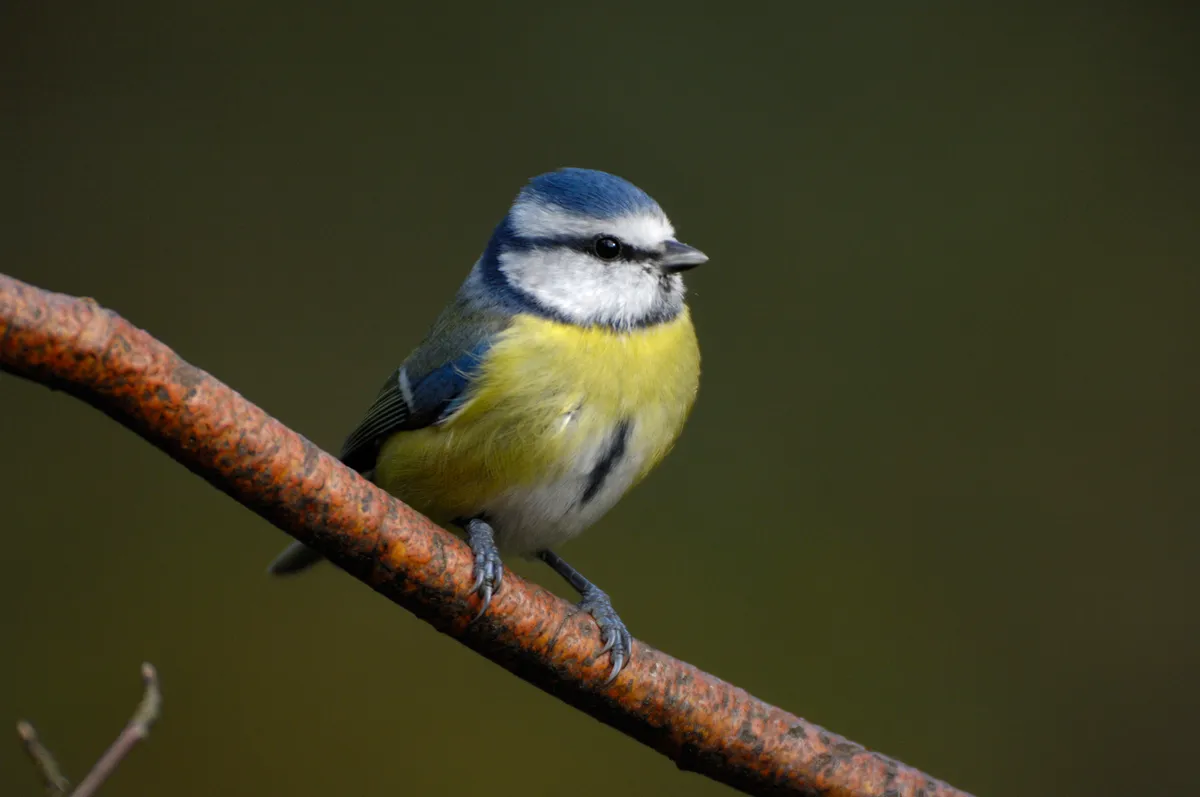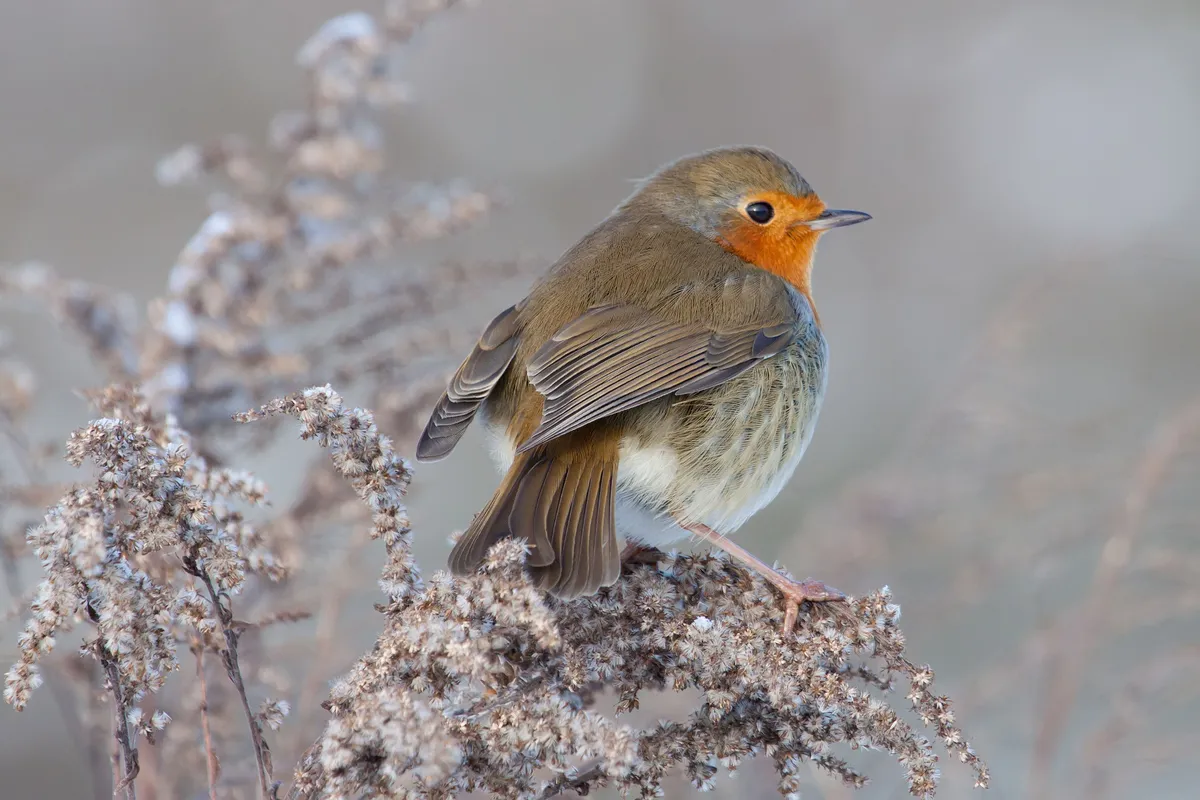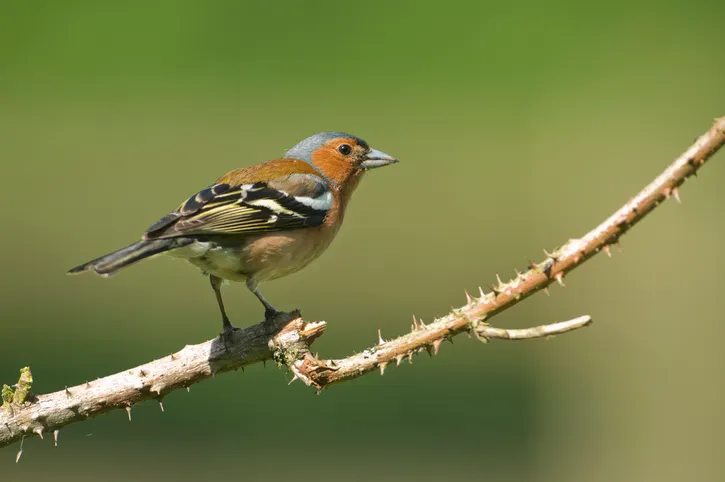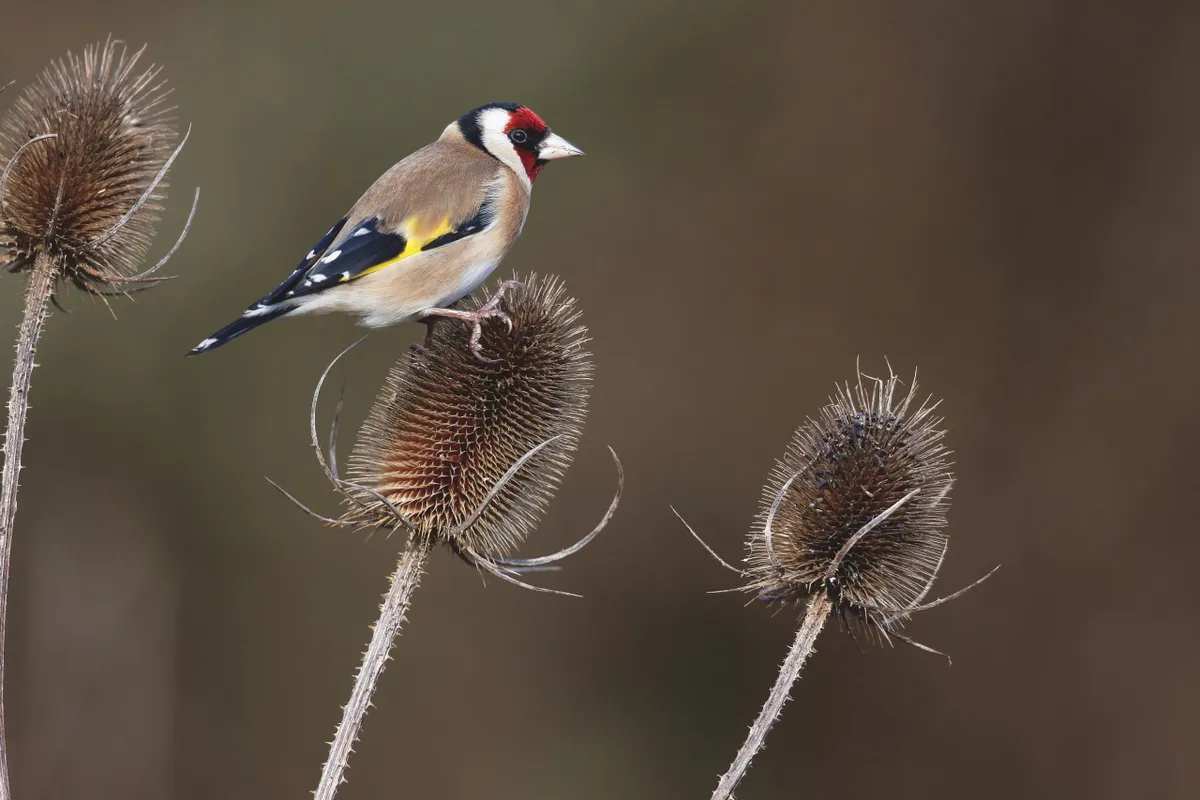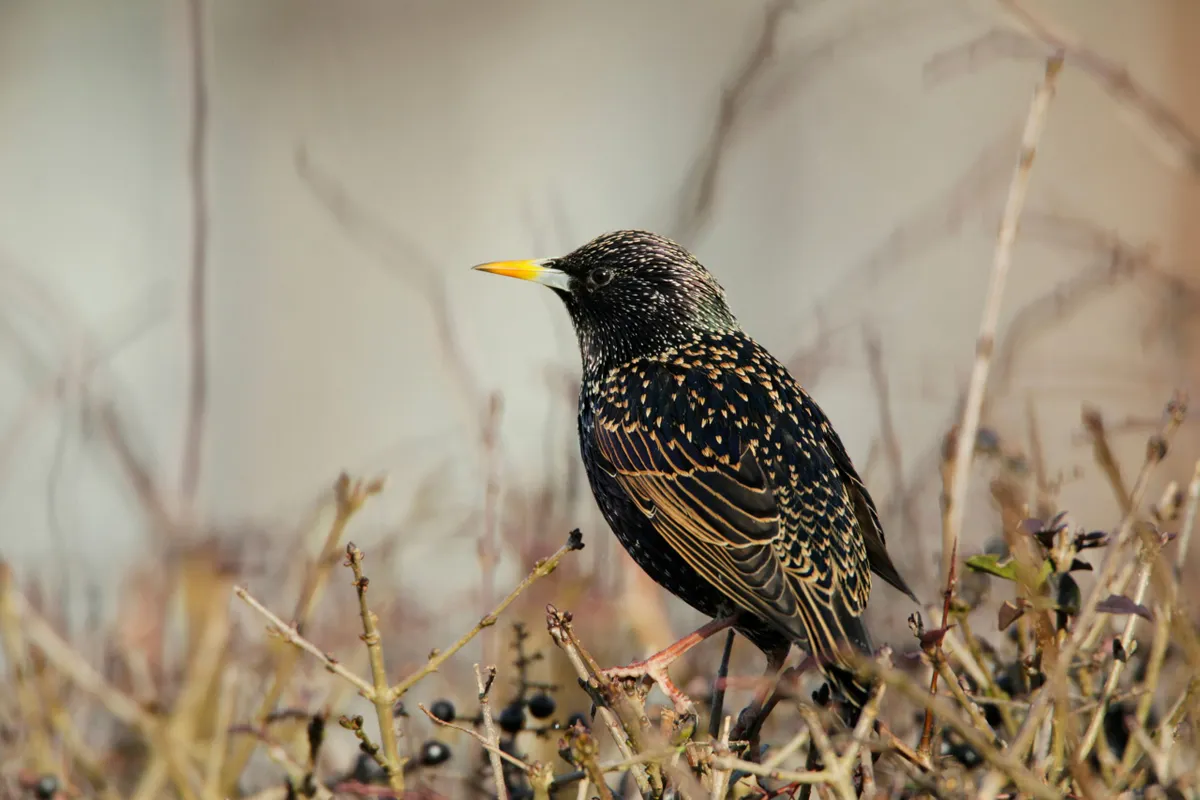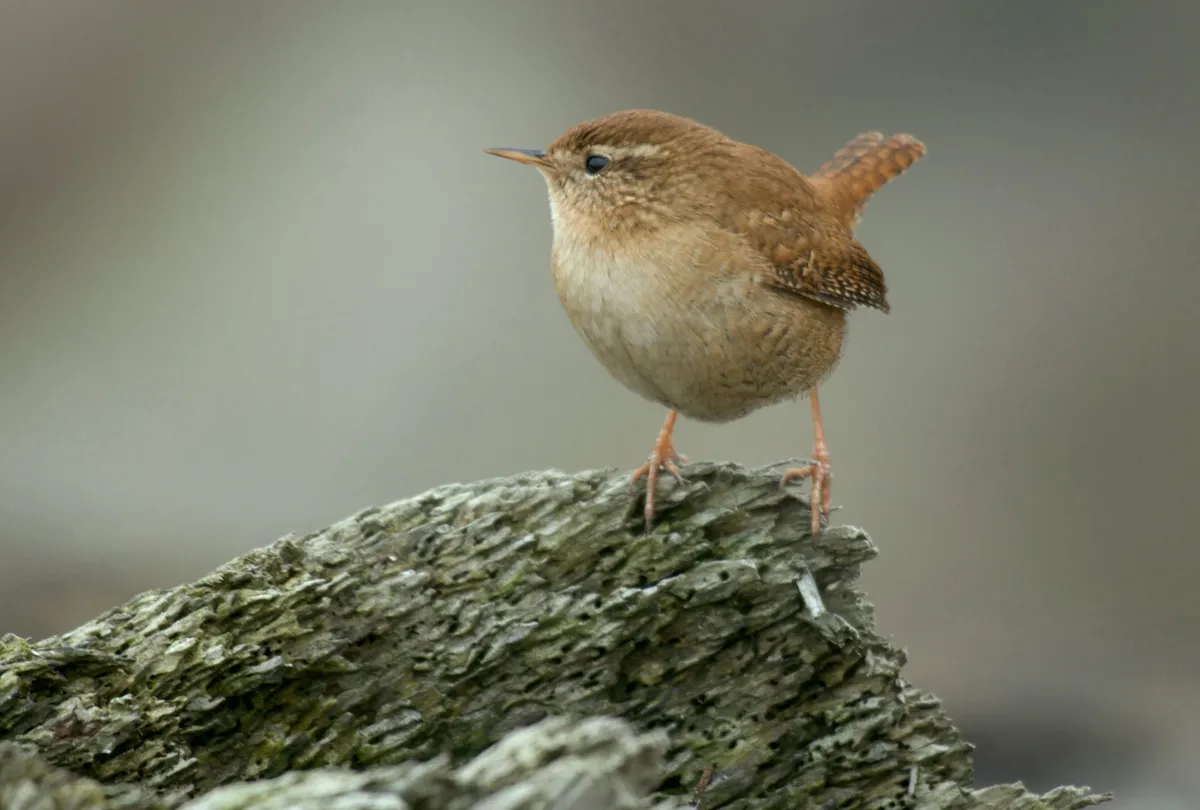Today, it was announced that Mya-Rose Craig, also known as 'Birdgirl' is to get Bristol University honorary doctorate for her work to encourage more children from minority ethnic backgrounds to take an interest in conservation.
In an interview from 2014, Birdgirl shares her best birdwatching tips.
Mya-Rose founded Black2Nature in 2016. Black2Nature arranges nature camps and events for minority ethnic children and teenagers, and hosts conferences on how the environmental sector can become ethnically diverse, among other activities.
1
Put up birdfeeders in your garden
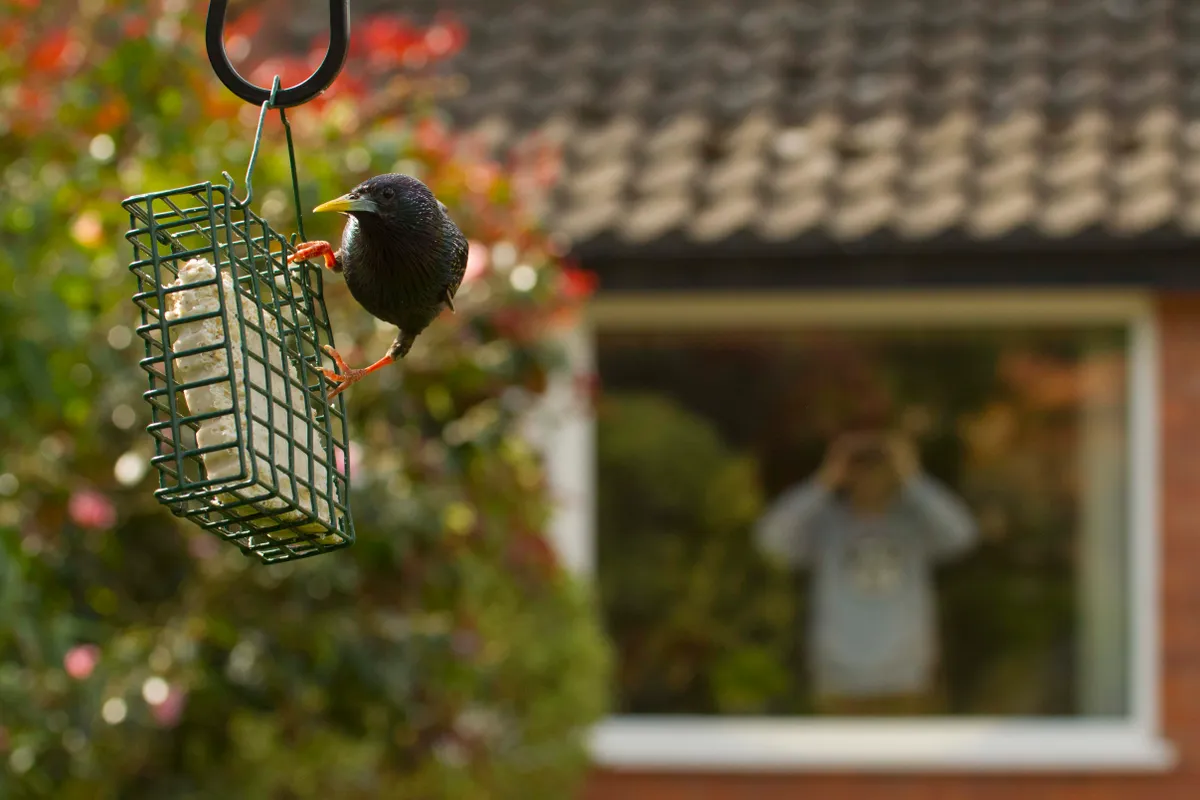
Sunflower hearts are great for attracting greenfinches, goldfinches and nuthatches. Fat balls tempt a wide range of species, including great spotted woodpeckers if you’re lucky. Also leave out a bird bath so birds can drink and bathe – make one from an upturned dustbin lid, raised up on bricks to offer protection from prowling cats. Note: bread isn’t a good food for birds.
2
Fix some nestboxes to trees or walls
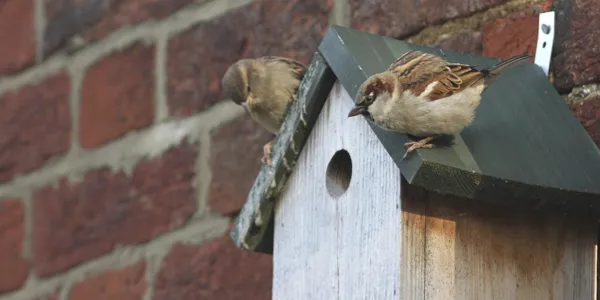
These will encourage birds to nest. Boxes with a small entrance hole suit blue and great tits, while robins prefer an open-fronted design.
3
Get a field guide to help you identify common birds
The best for beginners is RSPB Children’s Guide to Birdwatching by Mike Unwin (Bloomsbury). The Usborne Spotter’s Guide: Birds by Peter Holden (Usborne) is also worth a look. An excellent introductory birding app for iPhones is Garden Birds of Britain and Ireland (NatureGuides). For younger children, wildlife sticker books are ideal (DK and Fine Feather Press publish good ones).
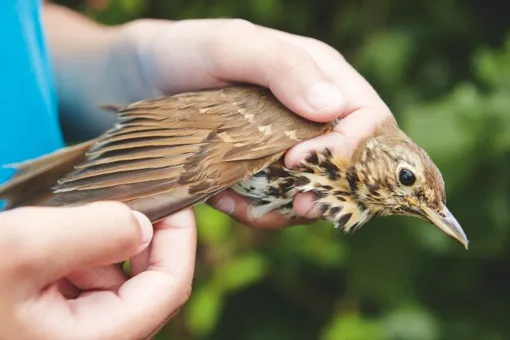
4
Buy some lightweight binoculars
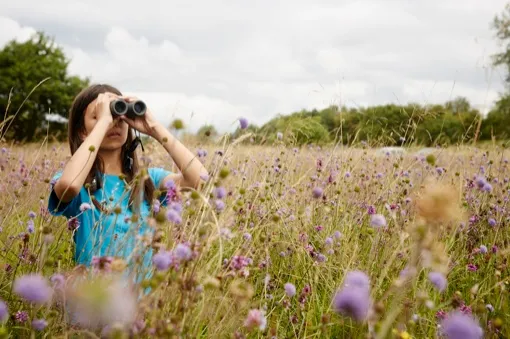
The numbers refer to the magnification and size of lenses – 8x32 or 8x42 are good choices. There is no need to spend a fortune: £50–£90 will get you a decent bright pair of binoculars to start with.
5
Find your nearest nature reserve
And make friends with the warden or ranger, who can tell you where to find the best birds. Pick up any information leaflets and check out the reserve website, if it has one. Ask if there are guided walks or activities you can join in with.
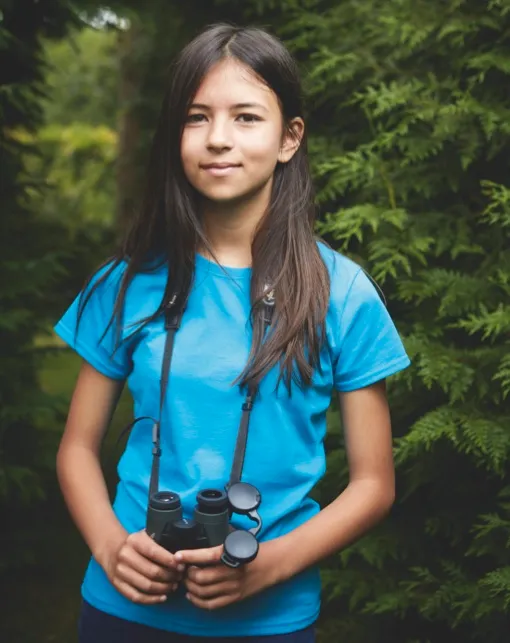
6
Practise your fieldcraft
Good fieldcraft is all about blending in and not be seen. Don’t make loud noises or sudden movements, or wear bright colours. Learn how to walk softly, without cracking twigs or rustling vegetation, and avoid showing your whole body against the sky, as this will frighten off shy birds.
7
Learn how to recognise common bird calls and songs
You can get to know them on the RSPB website.
8
Make birding fun
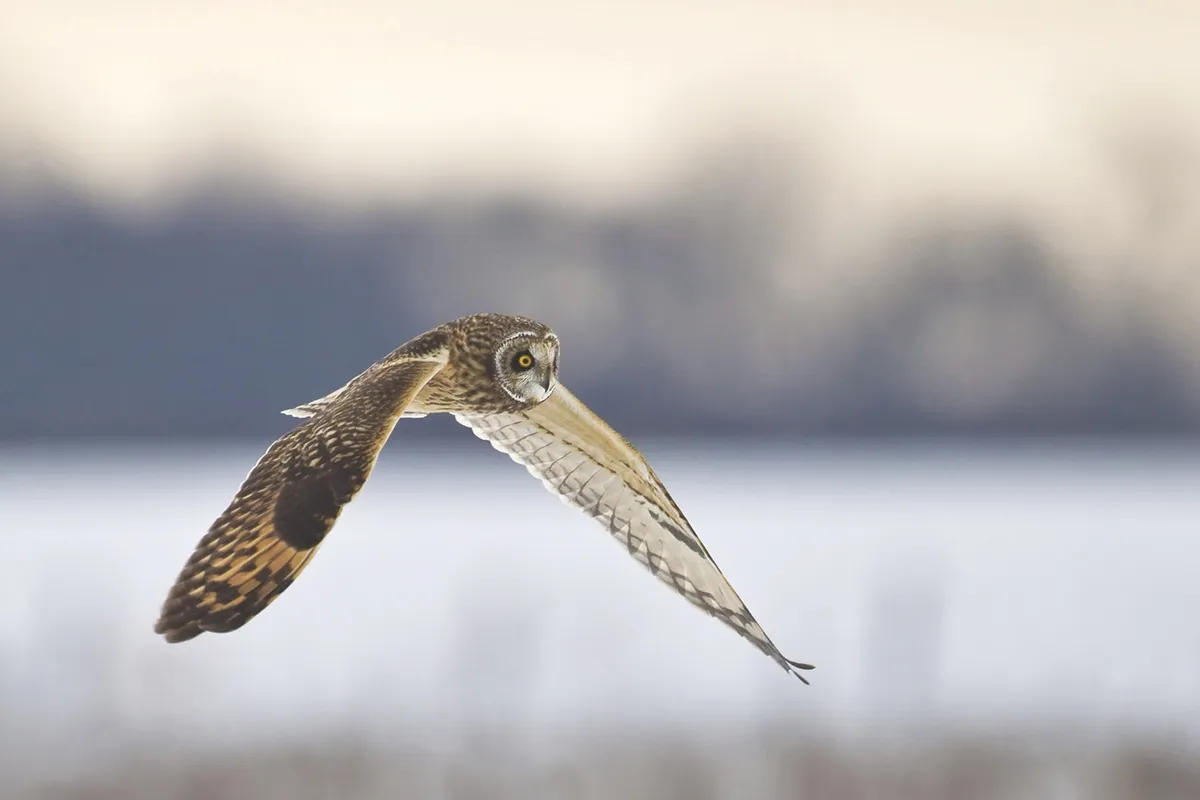
In autumn go on an owl prowl after dark to hear hooting and screeching tawny owls, and in summer do the RSPB’s Big Wild Sleepout. For more ideas, check out projectwildthing.com
Guide to Britain’s owl species: where to see and common species found in the UK
The season of darkness and mystery belongs to the owls. Learn more about these nocturnal predators – with our guide to the UK's most common owl species, including where to see and how to identify.
9
Get photos identified
If you take a photo of a bird and you’re not sure what species it is, post the picture at ispotnature.org where other users will be able to ID it for you.
Read more of Mya-Rose's birdwatching adventures at birdgirluk.com
